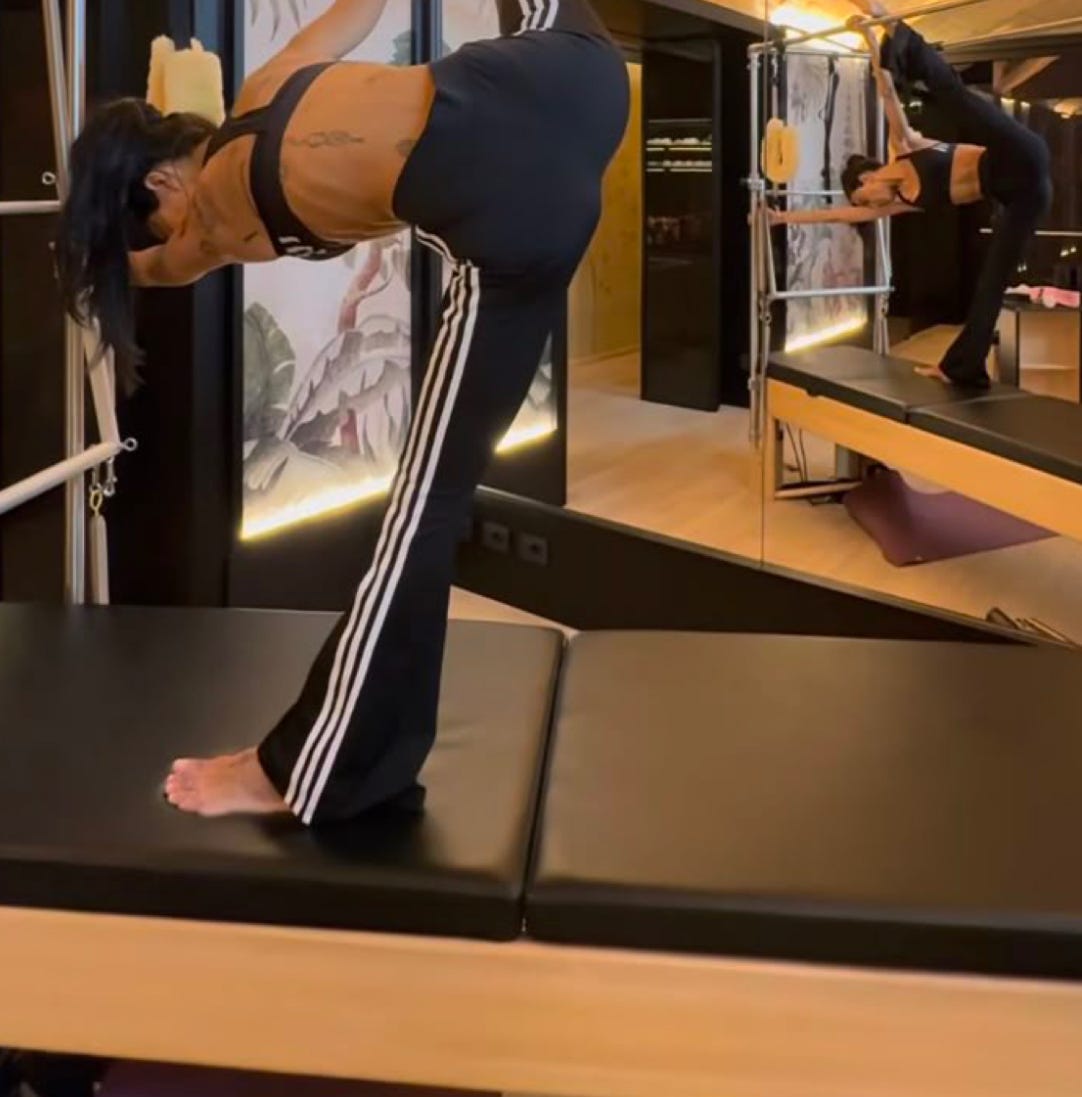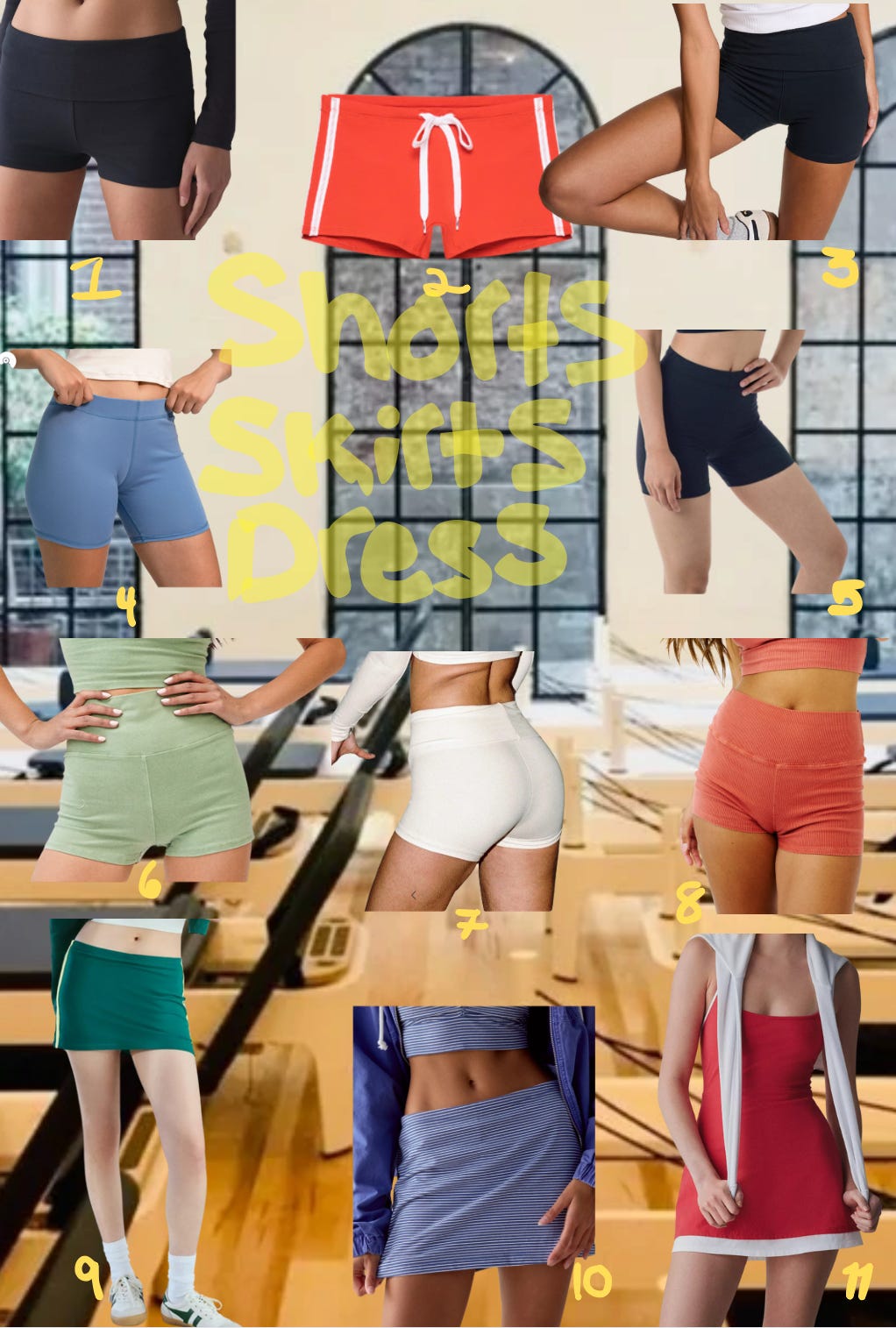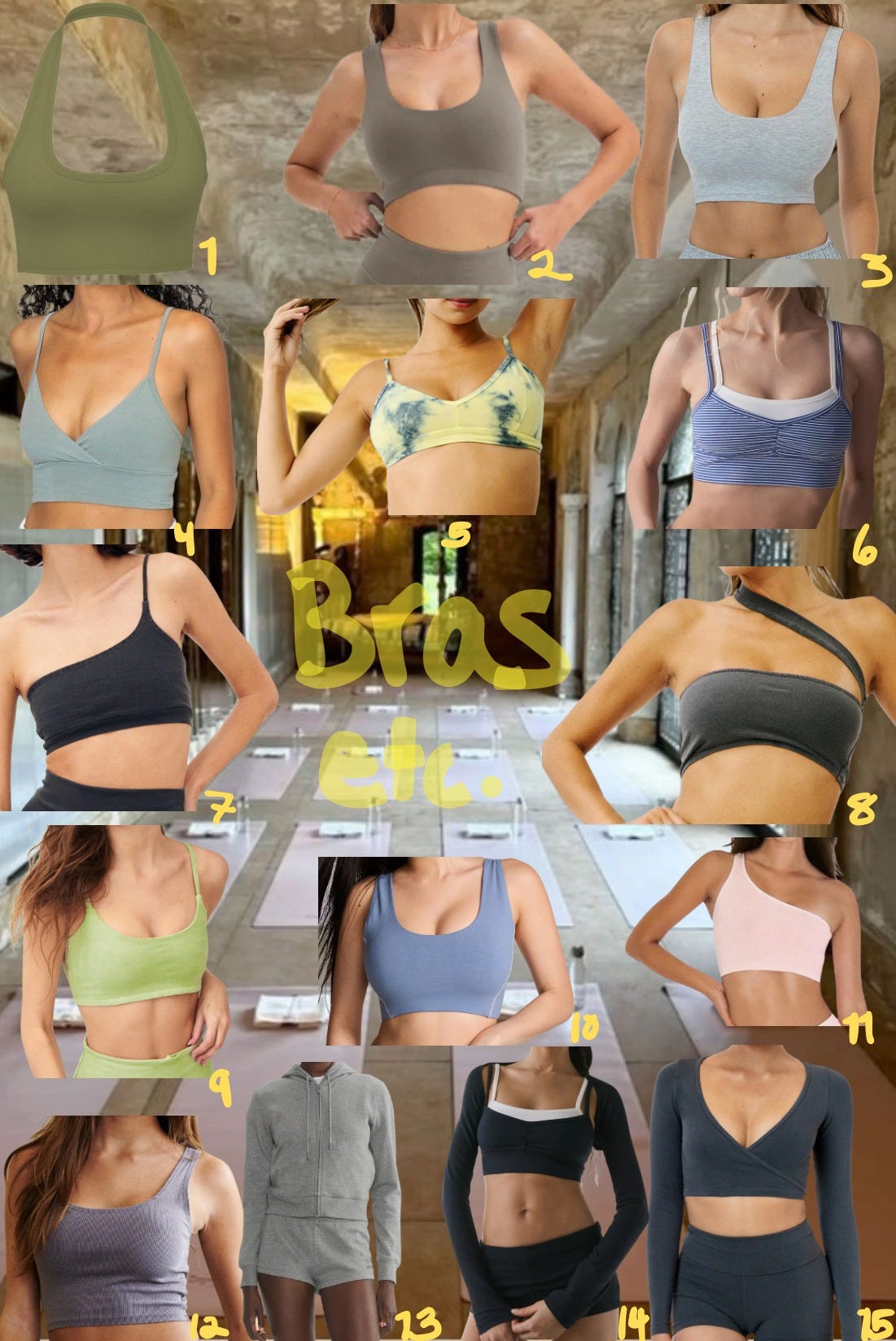Our media is inundated with information on PFAs—how they’re infecting us through literally everything. PFAs can bring on a doom sense with their countless environmental and health consequences and way of being found everywhere, including placenta. I’ve chosen the philosophy of just doing the best I can where I can without disengaging from society totally—avoiding things like prepackaged food and plastic water bottles as much as possible, etc.
When I read that PFAs are all over our activewear, I took the same approach: I started researching what changes were in my wheelhouse to make. I definitely wanted to rotate out my more “typical” workout clothes.
PFAs in activewear release at a faster rate when our body temperature rises and we sweat—as it obviously does when we’re exercising. An even worse offense I often see at the gym- people wearing traditional activewear into the sauna.
Kinda gross and poor manners.
You’re basically liberating the PFAs straight into your body at hyperspeed.
A general rule when it comes to PFAs is anything marketed as “sweat-wicking,” “water-repellent,” or “performance materials” likely contain PFAs. I’m not going to let this take up mental real estate, but I think it’s enough to start transitioning toward more natural fibers that are less likely to contain harmful chemicals. For me, this has meant more cotton-based activewear.
I personally think cotton is more comfortable anyway—especially for activities that are lower impact and don’t typically make people excessively sweaty: lifting, pilates, yoga, walking, etc. Obviously, excluding intentionally heated classes, which, like the sauna, are basically catalysts for PFAs to be released. In those classes, everyone’s already drenched in sweat anyway (even in traditional performance-wear), so why not try cotton?
I don’t think this PFA news is worth throwing out your entire workout wardrobe over (I haven’t). I think there are still times and places where I’d want to reach for “high performance” pieces, but it’s worth trying cotton and considering slowly replacing old activewear with natural fibers. Classes and activities that are relatively low impact are an easy place to start rotating in more natural materials.
There is good news in realm of performance activewear: brands like Patagonia, Nike, Vuori, Lululemon, and others have been transitioning away from intentionally adding PFAs to their clothing. Though these brands have very complex supply chains making this transition difficult and untimely, it’s good to see an effort being made.
A bonus for me: wearing more cotton has opened my creativity on what’s “acceptable” to wear to the gym. There isn’t really a dress code to adhere to (i mean things like jeans are weird but otherwise). It’s a space where we can get creative and take inspiration from more than just fitness brand ads. For example, I’ve been loving how Natalia Potts dresses for the gym lately. I also find a lot of inspiration in vintage fitness looks:
Below are the results of me scouring the internet to curate the best cotton activewear alternatives to wear and still look cute.
Flared leggings
Leggings
Capris
Shorts
Skorts
Dress
Tops
Bras
Etc.










